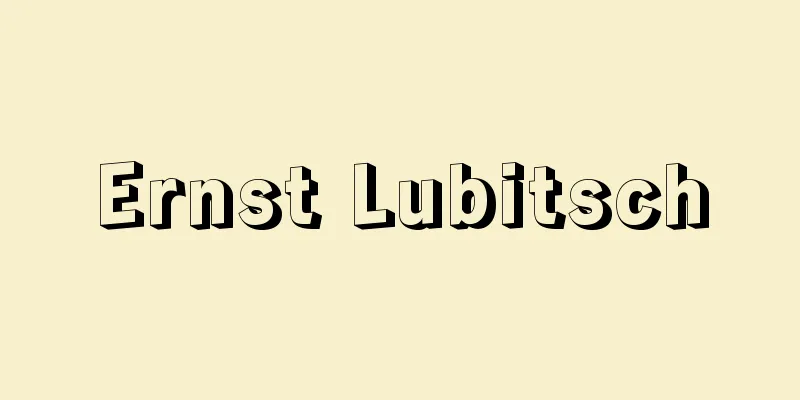Nazca Culture

|
This culture flourished on the southern coast of Peru from 1 to 700 AD. Its centers were the Nazca and Ica valleys, and the large ruins of Cahuachi remain in the Nazca valley. Like the preceding Paracas culture (500 BC to 1 AD), most of the remains of the Nazca culture were grave goods dug deep underground. Excavated items include multicolored pottery such as shallow bowls, deep bowls, and double-spouted jars with bridges depicting people, animals, and plants, as well as clay figurines and drums. The textiles are made of cotton and alpaca wool, and are crafted with plain weave, tapestry, embroidery, and other techniques. The vibrant colors of the textiles make them the best of the Andean cultures. There is also a large amount of goldwork on head ornaments and bracelets. The desert on the wide plateau between the Ica and Nazca valleys is home to famous geoglyphs. The gravel on the surface was removed to expose the sand underneath, and the drawings feature straight lines over one kilometer long, birds with wings as long as 300 meters, as well as monkeys, whales, fish, spirals, lizards, spiders, and more. Even the smallest are over 20 meters long, and although the existence of the lines can be discerned from the ground, the entire image cannot be seen. Its purpose and function have yet to be clarified, although it is thought that it may have been for astronomical observation related to rituals. The Nazca Valley also had underground waterways, and the plains on the south coast were developed through irrigation. The Nazca's sphere of influence was the south coast, but the influence of their culture was felt from the Bolivian highlands to the southern central highlands of Peru, and their trade area was quite wide. Around 700, the Nazca culture declined, and it is believed that they came under the control of the emerging Wari culture in the southern central highlands. [Yoshio Onuki] "Andean Civilization: From the Stone Age to the Inca Empire" by L. G. Lumbreras, translated by Yoshiro Masuda (1977, Iwanami Shoten) " "The Nazca Lines: Tracing the Mysterious Birdman Legend of the Andes" by S. Weisbard, supervised translation by Satoru Ueda (1983, Tairiku Shobo) Source: Shogakukan Encyclopedia Nipponica About Encyclopedia Nipponica Information | Legend |
|
西暦1~700年ごろ、ペルーの南海岸に栄えた文化。中心地はナスカNazca谷とイカ谷で、ナスカ谷にはカワチという大遺跡が残っている。先行したパラカス文化(前500~後1)と同様、ナスカ文化の遺物の大半は、地下深く掘ってつくった墓の副葬品である。出土品には、人物・動植物などが描かれた浅鉢、深鉢、橋付双注口壺(つぼ)などの多彩色土器のほか、土偶、太鼓などがある。織物は綿とアルパカ毛を材料として、平織、綴(つづれ)織、刺しゅうその他の技巧が施され、その色鮮やかなできばえは、アンデス文明の諸文化のうちでも最高の位置を占める。頭飾、腕輪などの金細工も多い。イカ谷とナスカ谷の間にある広い台地の上の砂漠には有名な地上絵がある。これは、地表の小礫(れき)を除いてその下にある砂を露出させ、1キロメートル余の直線や、翼が長いもので300メートルにも及ぶ鳥や、そのほかサル、クジラ、魚、渦巻、トカゲ、クモなどを描いたものである。小さいものでも20メートル以上あり、地上からは線の存在は識別できても図像全体を見ることはできない。その目的や機能については、儀礼と関連した天体観測の意味があったとも考えられるが、まだ解明されていない。 ナスカ谷には地下水路もあり、南海岸の平野は灌漑(かんがい)によって開発されていた。ナスカの勢力範囲は南海岸であったが、その文化の影響はボリビア高地からペルー中部高地南部に認められ、交易範囲はかなり広かった。700年ごろナスカ文化は衰え、中部高地南部の新興のワリ文化の支配下に入ったと思われる。 [大貫良夫] 『L・G・ルンブレラス著、増田義郎訳『アンデス文明――石期からインカ帝国まで』(1977・岩波書店)』▽『S・ワイスバード著、植田覺監訳『ナスカの地上絵――アンデスの謎の鳥人伝説を追う』(1983・大陸書房)』 出典 小学館 日本大百科全書(ニッポニカ)日本大百科全書(ニッポニカ)について 情報 | 凡例 |
Recommend
Dientzenhofer, L.
…A family of late Baroque architects active in Ba...
vibrating roller
...To compact crushed stone, etc., the air pressu...
Rhenania phosphate
...There are three established industrial manufac...
Oban Toneri - Oban Toneri
These were people who came to the capital from th...
Origoe - Origoe
...The central tune of a "setsubono". (...
Power shovel (English spelling)
Power shovel. Excavation machinery for civil engin...
Kassala
A city in eastern Sudan. The capital of Kassala St...
George Atwood
British physicist. He studied at Trinity College,...
Colophony
Colophonium is a colorless or brownish-brown resi...
Vanity Fair
A full-length novel by the British author Thacker...
Steam reforming - Steam reforming
The production of hydrogen (or hydrogen mixed gas)...
《Divine Guide》 - Kamiji no Tebikigusa
…His works include the Eight Books of Zanko, whic...
Heliopolis (Cairo) (English spelling) Heliopolis
...The role of Cairo radio and Egyptian films was...
Appearance examination - Gaibousinsa
Body type evaluation is carried out when selecting...
Fermat number - Fermat number
Integers of the form are called Fermat numbers, an...









